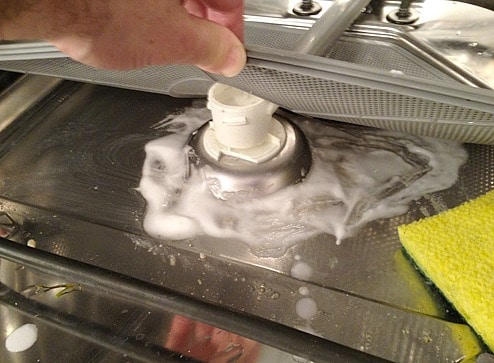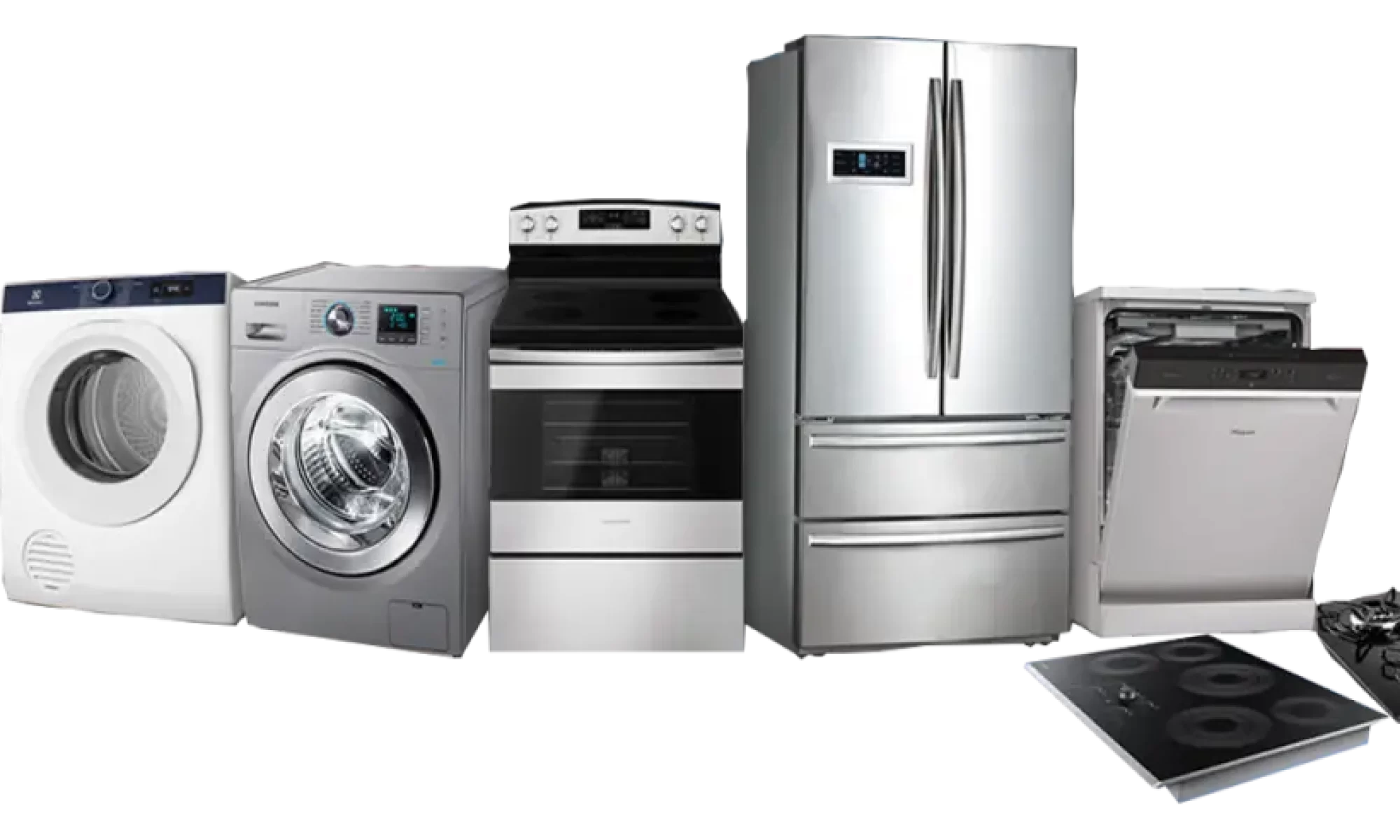
A dishwasher that doesn’t clean your dishes effectively can be a frustrating problem. When you open the dishwasher after a cycle and find dirty or partially cleaned dishes, it’s essential to identify and address the issue. In this guide, we’ll explore common reasons why a dishwasher may not clean properly and provide troubleshooting steps to help you achieve spotlessly clean dishes once again.
Common Causes of Ineffective Dishwashing
- Improper Loading: Overloading the dishwasher, stacking dishes too closely, or placing items in a way that blocks water spray can prevent effective cleaning.
- Food Residue: While pre-rinsing is not necessary, excessive food debris on plates and utensils can clog filters, spray arms, and other dishwasher components, leading to poor cleaning.
- Hard Water Deposits: In areas with hard water, mineral deposits can accumulate on dishes and dishwasher components, leaving them looking cloudy or dirty.
- Incorrect Detergent Usage: Using the wrong type of detergent, not using enough detergent, or using expired detergent can result in poor cleaning performance.
- Spray Arm Blockage: A clogged spray arm can hinder the distribution of water and detergent, preventing proper cleaning.
- Detergent Dispenser Issues: If the detergent dispenser doesn’t open at the right time during the cycle, the detergent may not be effectively distributed.
Troubleshooting Steps for Improved Dish Cleaning
- Proper Loading:
- Avoid overloading the dishwasher, allowing space for water and detergent to reach all items.
- Ensure that dirty surfaces face the center of the dishwasher, where the spray arms can reach them.
- Place larger items in the lower rack and smaller items in the upper rack.
- Scrape, Don’t Rinse:
- Scrape off excess food debris from dishes before loading them, but avoid pre-rinsing, as modern dishwashers are designed to handle some food residue.
- Use the Right Detergent:
- Ensure you are using the correct type of dishwasher detergent recommended by the manufacturer.
- Use the appropriate amount of detergent according to the manufacturer’s guidelines.
- Check Spray Arms:
- Inspect the spray arms for clogs or blockages. Remove any debris that may be preventing water from reaching all areas.
- Rinse Aid Usage:
- Use a rinse aid in your dishwasher to prevent water spots and improve drying performance. Adjust the rinse aid dispenser according to your dishwasher’s recommendations.
- Run Hot Water First:
- Run your kitchen faucet until hot water flows before starting the dishwasher. This helps ensure that the dishwasher begins with hot water for better cleaning.
- Regular Maintenance:
- Clean the dishwasher’s interior, including the filter, spray arms, and door seals, to ensure optimal performance.
- Consider a Commercial Dishwasher Cleaner:
- Some dishwasher manufacturers offer specialized cleaning products designed to eliminate residue and improve cleaning performance.
- Leave the Door Ajar:
- After a wash cycle, leave the dishwasher door slightly open to allow moisture to escape and prevent mold growth.
- Consult the Manual:
- Always refer to your dishwasher’s user manual for specific guidance on maintenance, loading, and detergent usage.
Conclusion
A dishwasher that doesn’t clean properly can be a frustrating issue, but by following these troubleshooting steps and maintaining your dishwasher, you can often improve its cleaning performance. Remember to check your dishwasher’s repair manual for specific guidance, and consider consulting a professional technician if the problem persists, as it may indicate a more significant issue with the appliance’s internal components.

